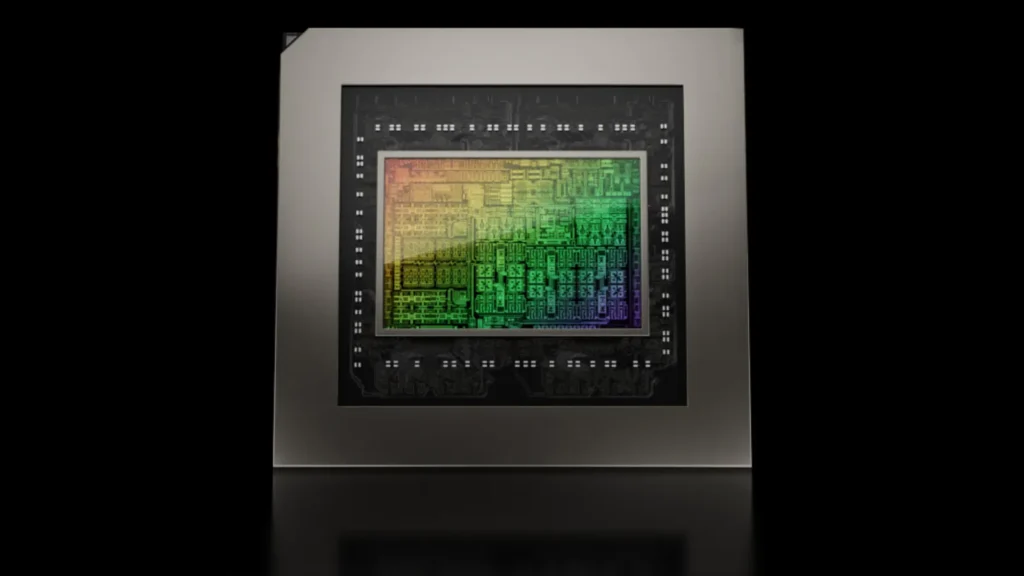Highlights
- Nvidia’s Jetson Thor is a computer designed for humanoid robots and aims to power advanced AI-driven robots.
- Nvidia wishes to see itself be an integral tech supplier rather than a manufacturer of robots.
- The company due to its already well-established end-to-end ecosystem allows for a seamless design, training, and even deployment of robots.
- The company however faces competition in this field from its old rivals AMD and Intel, with other business competitors aiming to be independent of the Nvidia supply.
In its newest venture, Nvidia, the world’s leading semiconductor company, is set to enter the robotics industry with its newest innovation, the Jetson Thor. The compact computer is set to be launched in early 2025 made specifically for humanoid robots. The Jetson Thor aims to revolutionize humanoid robots by bringing advanced AI processing into a tiny yet energy-saving package. This will enable robots to carry out complex activities like real-time object recognition, natural language processing, and even autonomous navigation. This small computer is targeted to a wide range of developers and companies, which could probably boost the fast adaptability of AI-infused robotics worldwide.
The Power of Jetson Thor
Unsurprisingly, Nvidia will not be producing robots under its name. Rather, it aims to play an important part in the supply-as-a-service technology ecosystem. This end-to-end ecosystem aims to make it easier for developers to design, train, and deploy robots more efficiently. Nvidia CEO Jensen Huang also quoted this, stating that the evolving potential of robotics can reshape the industry through the automation of tasks, addressing recurring problems such as labor shortages.

Nvidia’s Strategic Approach and Competition
Nvidia has kicked up this project at a time when the robotic sector has seen quite a nominal growth with development in AI, automation, and sensor technologies. The competition has risen to the forefront of the company’s ever-challenging position against its main rivals AMD and Intel with upcoming Chinese players. In addition to this, major big-time players like Amazon and Google also have invested in producing their own AI processors to reduce reliance on third parties like Nvidia for their requirements.
Conclusion
Nvidia’s newest venture helps diversify its offerings and dig roots into the robotics sector. This helps it become less vulnerable and expand its presence in a high-growth AI-driven robotics market. The competition the company faces is not new and Nvidia can capitalize on its innovative approach and the comprehensive ecosystem it already possesses to position at an advantage over its competitors.